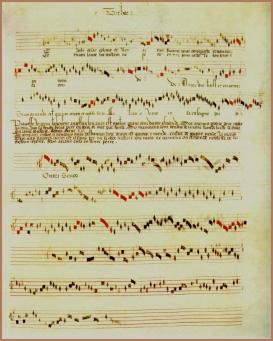To historical musicologists, the recent formation of Sound Studies offers both an amplification of and a counternarrative to our inherited understanding of “music.” If the traditional concept of humanities, including music, assigns centrality to human agents, an emerging post-humanities conceptualizes humans and their activities as entangled in a web of discourses where the individual as actor/auteur/agent is no longer located at the center of inquiry by default. Instead, musical or sonic actors are part of multiple, mutually interacting, and historically contingent pathways of cultural production; they are embedded in physical and physiological geographies and ontologies. This is not to deny individual agency, but to enable a shift of focus towards other ontological elements than the individual and the work. In a particular, geographically and chronologically specific, site of cultural production such as the late medieval period, the relevant pathways must be continuously redefined to accommodate different ecologies of space, body, language, movement, sound, images, habitus, and time.
During my stay at the Max Planck Institute for the History of Science, I will reflect on the impact of these considerations on two large-scale, team-based research projects that I currently lead: the ERC Grant–funded project “Music and Late Medieval European Court Cultures” (malmecc.eu, 2016–20) and the HERA-funded project “Sound Memories: The Musical Past in Late-Medieval and Early-Modern Europe” (soundme.eu, 2016–19).

